Have you ever wondered what things measure 2 millimeters in size? It may seem like a very small measurement, but there are many everyday objects that fit into the two-millimeter range. There is an incredible variety of items found at this size.
In this article, we’ll explore some of the many things that are 2 millimeters in size.
It can be quite a challenge! To put it into perspective, 2 millimeters is equal to 0.0787402 inches - an incredibly small unit of measurement.
1. Rice Grain
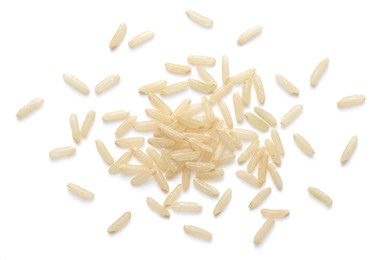
The size of a grain of rice can vary depending on the variety of rice, but in general, it is about 6-8mm long and 2-3mm wide. This is usually about the same size as a grain of barley, wheat, or millet. So if you want to measure something 2 millimeters in size then you can observe the thickness of a grain of rice.
Rice grains are typically oval or ellipsoidal in shape and are usually white or brown in color.
2. Knitting Needle of 2mm

A 2mm knitting needle is a type of needle that is used in the craft of knitting to create fabric from yarn. Knitting needles come in a variety of sizes, and the size of the needle determines the size of the stitches and the overall gauge of the fabric. A 2mm knitting needle is a small-sized needle that is typically used for fine gauge knittings, such as lace or sock knitting.
In general, the knitting needles will be about 6-8 inches long and 2mm in diameter.
3. US Dollar Coin
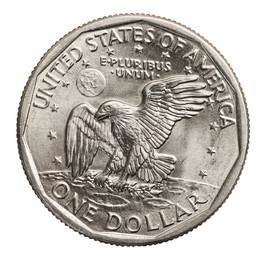
Dollar coins are used in the United States as a form of currency and are accepted in many places as a legal tender. They are often used in vending machines and other automated systems, as well as in some financial transactions.
If you want to see something 2 millimeters you can check the thickness of the United States Dollar coin.
Related: How Big Is 2 Centimeters?
4. A Toothpick

Toothpicks come in a variety of shapes and sizes and can be found at restaurants, in toothpick dispensers, and in most grocery stores.
Toothpicks are typically made of wood, plastic, or bamboo, and they are about 6-8 inches long and about 1.8 millimeters in diameter.
This means that if you wanted to measure something 2 millimeters in size, a thickness of a toothpick would be the ideal example.
The thickness of a plastic toothpick can vary depending on the specific type and brand of a toothpick, but in general, they are about 3 millimeters in diameter.
No matter the approach you take, you will get near the 2-millimeter measurement.
5. Tiny and Small Screws
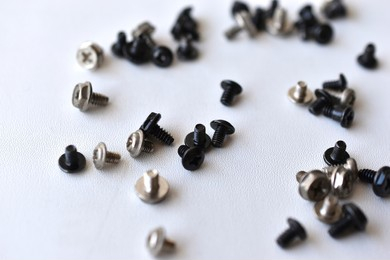
Tiny screws are small screws that are used in a variety of applications where a small, precise fastener is needed. They can be found in a range of sizes and types, and they are commonly used in electronics, jewelry making, model building, and other small-scale projects.
Most of the tiny screws have a diameter of 2 millimeters.
6. Old 2.5mm Audio Jack

The 2.5mm jack is a smaller version of the 3.5mm jack and is often used on phones and other small devices. It is typically about 2.5 millimeters in diameter and has a similar shape to the 3.5mm jack.
The 6.35mm jack, also known as a 1/4 inch jack, is a larger audio jack that is typically used on professional audio equipment and amplifiers. It is about 6.35mm in diameter and has a rectangular shape.
Overall, the dimensions of an audio jack can vary depending on the specific type and model, but they are generally small and cylindrical in shape.
7. Peanut

Peanuts are a type of legume and are related to beans and lentils. Peanuts are typically brown in color and have a hard, outer shell that encloses the seed. Peanuts are a popular snack food and are used in a variety of dishes, including peanut butter, peanut sauces, and candies.
If you were to split a peanut in half, you would find that each section is roughly 2 millimeters thick.
8. Average 3 Ants
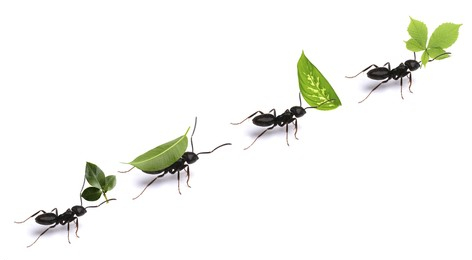
Ants are small insects that are found in almost every part of the world. They are known for their strong mandibles and their ability to work together in colonies to gather food and build nests. With over 10,000 different species of ants located around the world, these insects come in a wide range of sizes; they can measure anywhere between 0.75 and 52 millimeters. The odorous house ant, a particularly widespread species of pest, is usually around 1/16 of an inch long, or approximately 1.59 millimeters.
9. 11 Sheets of Normal Paper

The thickness of 11 sheets of paper will depend on the weight of the paper, which is typically measured in pounds (lbs) or grams per square meter (gsm).
On average, paper is 0.18 millimeters thick. To achieve a total thickness of 2 millimeters, you would need to stack approximately 11 sheets of paper.
The paper thickness of thin sheets is approximately 0.1 millimeters, meaning that stacking around 20 sheets together will give you a total of 2 millimeters in thickness. Conversely, cardstock has an approximate thickness of 0.6 millimeters, so only 3 layers are necessary to reach the same result.
10. Two Rulers
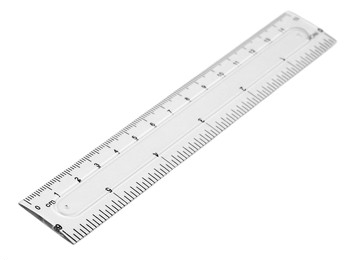
Measuring two millimeters is a simple task if you have a ruler. The metric side of the ruler can be used to accurately gauge this distance. This will ensure that the measurement is as precise as possible. The most common size for a ruler is about 12 inches or 30 centimeters long and about 1 millimeter thick.
If you don’t want to use the metric side of ruler to get a measurement of 2 millimeters, you would need to stack two rulers on top of each other. This can give you an accurate measurement while also allowing you to check your work with a ruler.
It’s important to note that different rulers may be slightly thicker or thinner than 1 millimeter, meaning that the measurement could potentially be slightly off. However, as long as you use rulers of a similar thickness, you should get a fairly accurate measurement.
11. Simple Washable Mask
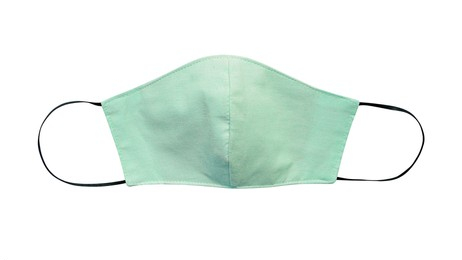
Washable masks are masks that can be washed and reused, as opposed to disposable masks that are intended to be used once and then thrown away. Washable masks are typically made of fabric and have a filter layer or layers to help protect against the transmission of respiratory droplets and other particles.
A washable mask that has multiple layers of fabric, including a filter layer, may be about 2mm to 3mm thick. This makes it an easy way to measure 2 millimeters without having to do any calculations. The thickness of the mask will depend on the type and quality of the fabric and filter, so it’s important to make sure that you are using a mask that is of good quality.
12. Tip of Mechanical Pencil
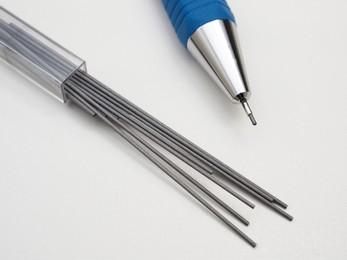
Mechanical pencils are pencils that use thin, replaceable leads that are advanced by pressing a button or twisting the pencil body, rather than needing to be sharpened like traditional pencils. The tip of a mechanical pencil is typically made of metal or plastic, and it is designed to hold and guide the pencil lead as it is used to write or draw.
The dimensions of the tip of a mechanical pencil will depend on the specific type and size of the pencil. In general, mechanical pencil tips are about 2 millimeter in diameter.
13. Tip of Medium Pen

A medium pen tip is a type of pen tip that is larger than a fine pen tip but smaller than a broad pen tip.
The dimensions of a medium pen tip will depend on the specific type and size of the pen, but in general, a medium pen tip will be about 1.5mm to 2 millimeters in diameter. This size of pen tip is larger than a fine pen tip, which is typically about 0.3mm to 0.5mm in diameter.
14. Thinner Ceramic Tile
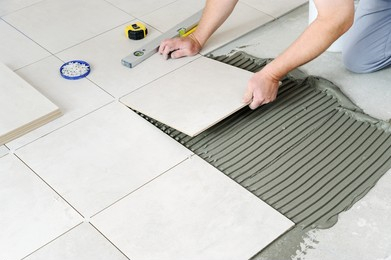
The thickness of a ceramic tile will vary depending on the specific type of tile and its intended use. For example, floor tiles are typically thicker than wall tiles, as they need to be more durable and able to withstand more wear and tear.
If you choose a thinner variety of ceramic tile, the thickness will only reach up to 2 millimeters.
15. Four Fingernails
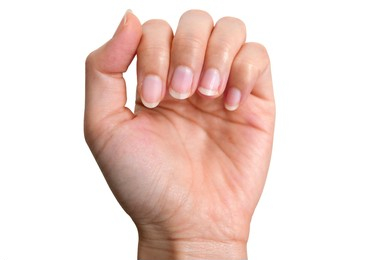
Fingernails are typically about 0.48 millimeters in thickness, although these dimensions can vary depending on the individual and their age, gender, and overall health. Four of these would get you slightly above 2 millimeters in thickness.
Fingernails can be round, square, or oval in shape, and they can be found on the fingers of both the hands and the feet.
Have you ever wondered how quickly fingernails grow? On average, fingernails increase in length by 3.5 millimeters per month – this rate can vary depending on a number of factors, including age, gender, health, and genetics. Measuring the white portion of the nail, also known as the lunula, can be a useful way to measure 2 millimeters after 17 days.
Conclusion:
These examples demonstrate that there are many things around us that measure 2 millimeters in various ways. From fingernails to mechanical pencil tips, tiny screws, washable masks, and ceramic tiles, there are countless items that can be used to measure two millimeters without having to do any calculations. By understanding the dimensions of common objects, you can quickly and easily get an accurate measurement of two millimeters.